2025 Author: Erin Ralphs | [email protected]. Last modified: 2025-01-22 21:14:12
The ignition module (MZ) of a Niva-Chevrolet car is highly reliable and, most often, provides sparking over many tens of thousands of kilometers. However, if it fails, it is difficult to diagnose due to the lack of obvious signs. The decent cost of the module does not always allow it to be replaced with a new one, which is called "blindly". First you need to reliably verify the malfunction of the old one. Read about how to check the Niva-Chevrolet ignition module in the article.
Design in brief
The main purpose of any MZ is to convert a low-voltage signal into a high voltage, sufficient for normal sparking in cylinders. Therefore, structurally, the Niva-Chevrolet ignition module is a pulse transformer. A signal from the electronic unit is fed to its inputcontrol (ECU), a voltage of about 20 - 30 kV is removed from the output. The module has a connector for connecting the low-voltage part and four sockets into which the so-called armored wires are inserted.
High voltage is applied to two cylinders at once. At the same time, 90% of the energy is spent on the formation of a spark where the compression stroke ends. The working mixture in it is under high pressure, which means it has a high conductivity. Thus, the module consists of two independent ignition coils.
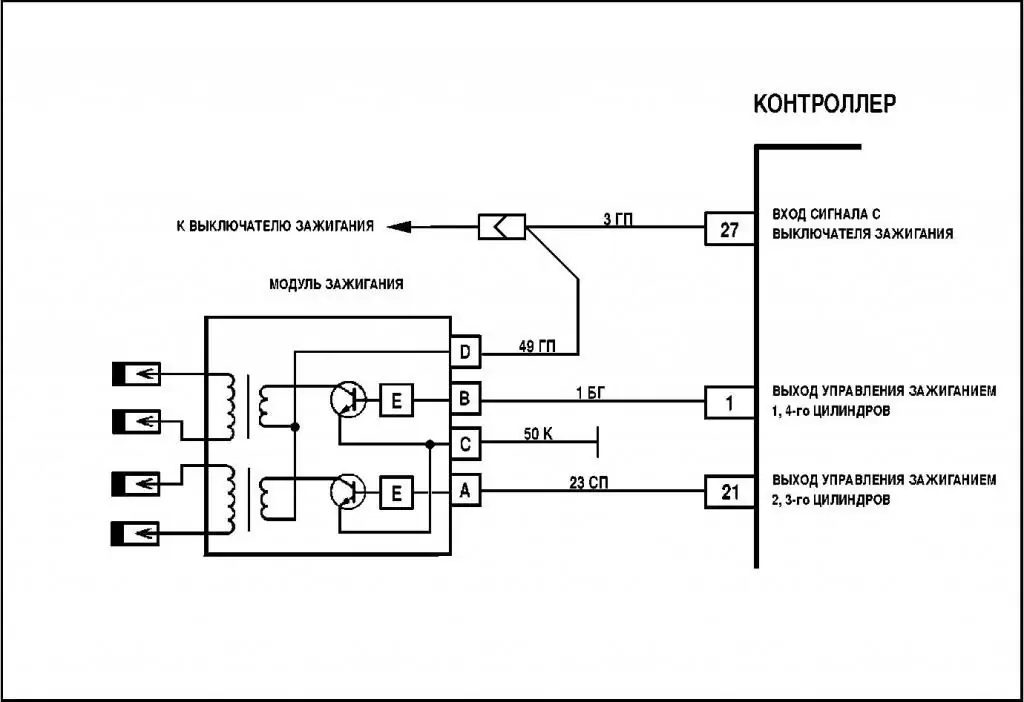
Where is the MOH
The location of the Niva-Chevrolet ignition module was not chosen very well. It is attached to the bottom of the cylinder block. Thus, the module is exposed to two negative factors at once:
- Corrosion. This is facilitated by a low position. During operation, moisture often gets on the MOH.
- High temperature. Mounting the module on the cylinder block forces it to operate at temperatures close to 100 degrees.
The second factor is the most critical for the MOH. The manufacturer guarantees the normal operation of the device up to 120 ° C. Such temperatures under the hood are rare. But constant exposure, even if lower values, significantly reduces the service life of the MV. Therefore, conscientious owners move the module to a place with more benign conditions. Most often, on the bulkhead of the engine compartment.
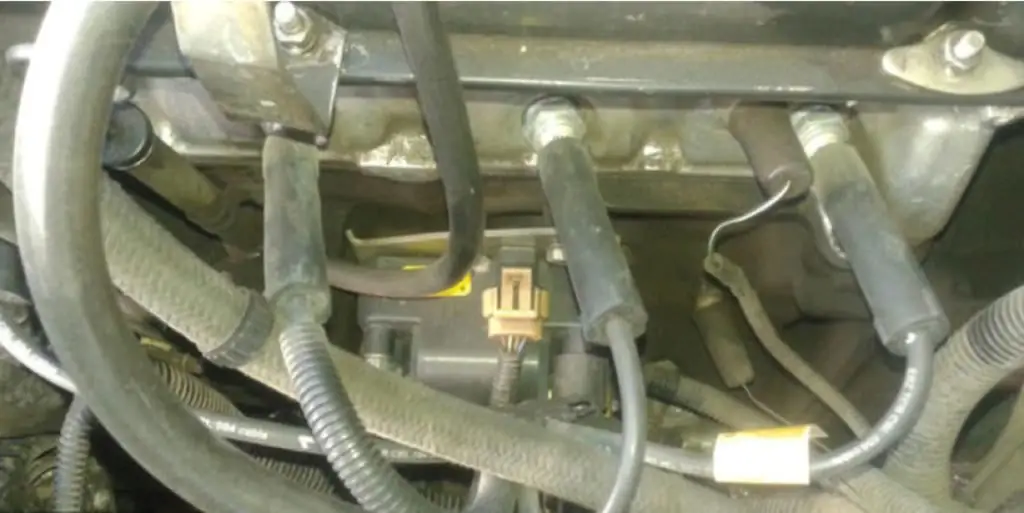
Varieties
During the release, Shniva was equipped with two types of modules.
- MZ from VAZ car2112. Installed until 2006. In its composition, it has a spark control system.
- Module from VAZ 2111. Controlled by signals from the ECU, therefore, in essence, it is a conventional ignition coil.
Note that modules are not interchangeable. This is due to their different design. You can determine which ignition module on the Niva-Chevrolet by its appearance. The old one has large dimensions and weight, and most importantly, unlike the new one, there are not three, but four contacts on the primary winding connector. In this case, the process of checking the Niva-Chevrolet ignition module will be considered using the example of a new module.
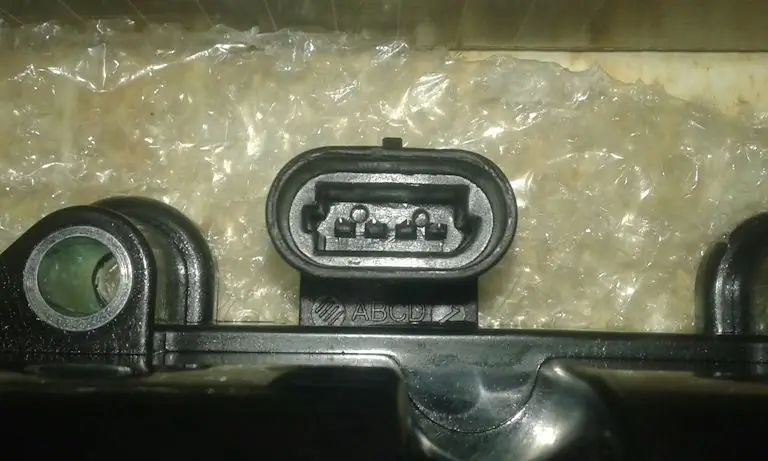
Signs of malfunction
As already mentioned, the symptoms of a malfunction of the ignition module are also characteristic of many other vehicle components. There are almost no signs that directly point to the MOH. This greatly complicates the repair. However, with experience, conclusions about a malfunction of the Chevrolet Niva ignition module can be made to the following symptoms.
- Two cylinders not working at once. This is the only sign that, although not always, indicates MOH. The probability of this increases if cylinders 1 and 4 or cylinders 2 and 3 are not working at the same time.
- Idling is floating.
- Diagnostic shows misfiring on all cylinders.
- As the engine warms up, its power drops, there are interruptions in operation.
- The CHECK ENGIN alarm lights up.
It should be noted that a complete failure of the MOH, in which the engine is not at allstarts, happens very rarely. Basically, this symptom of a malfunction of the Niva-Chevrolet ignition module indicates damage to the low-voltage part of the wiring.
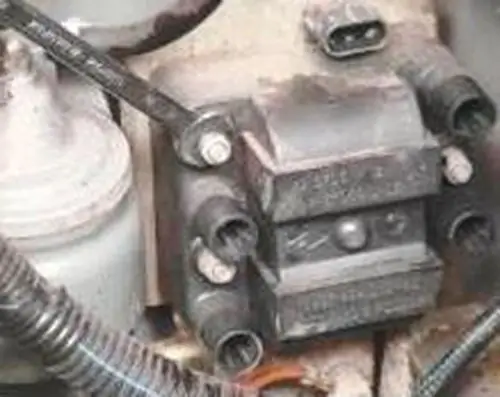
Causes of damage
Most often, the Niva-Chevrolet ignition module fails due to overheating caused by its unfortunate location in the engine compartment. This simply leads to a break in the secondary winding of the pulse transformer. However, this can happen for other reasons, namely:
- use of defective high voltage wires;
- using spark plugs other than those recommended by the manufacturer;
- checking the spark by closing the armored wire to the car body;
- factory marriage.
Thus, one of the main reasons for the failure of the module is the notorious "human factor". This is due to incorrect diagnostics and operation of the MOH. The test methods allowed for the ignition coil of a carburetor engine are most often not suitable for modern modules and, most likely, will cause failure.
Ignition module test procedure
First of all, you will have to get a multimeter. No need to look for some high-precision and expensive devices. The usual Chinese is enough. The main thing is that it has a digital indication, this will greatly simplify the measurement. Optimal in terms of price and functionality is the DT 830 multimeter and its numerous modifications. This is one of the most common and easy to use devices. The verification process willconsidered on his example.
First of all, you need to make sure the integrity of the primary winding of the Niva-Chevrolet ignition module. To do this:
- switch on the front of the instrument is set to 200 ohms;
- disconnect the connector from the module, remove the high voltage wires;
- sequentially measure the resistance between the middle and extreme contacts of the terminal block;
- meter reading should be within 0.5 ohms.
The accuracy of the multimeter, of course, is not enough to measure such small values, but to check the primary winding for an open, this is quite enough.
The next step is to measure the resistance of the "secondary". Sequence of actions:
- switch ranges DT-830 move to position 20 K;
- the probes of the device must first become between the high-voltage terminals 1 and 4 of the cylinders, then - 2 and 3;
- the display of the device should show 5.4 kOhm.
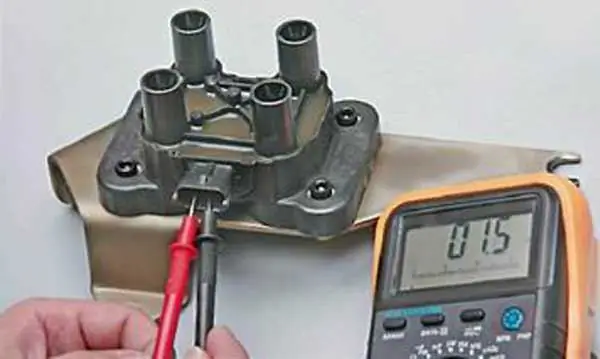
It should be said that it is possible to diagnose a malfunction of the Niva-Chevrolet ignition module only if the readings differ significantly from the norm, or more often if “1” is on the instrument indicator. This means an infinitely large resistance, in other words, a winding break.
Recommended:
Why is the Check Engine light on? Why does the check engine light come on?
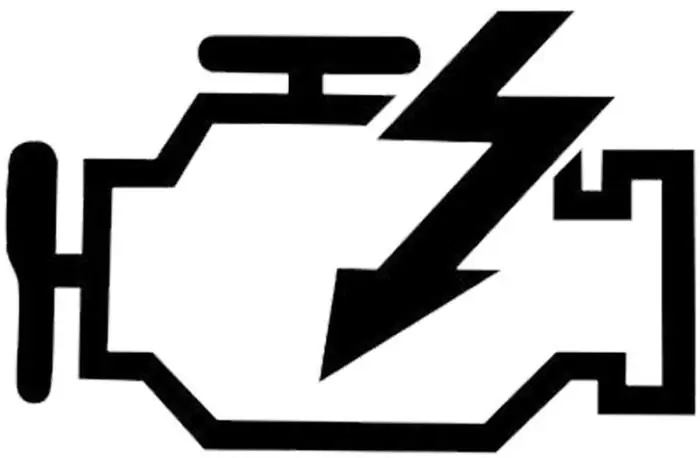
In the age of modern technology, the technical characteristics of a car provide for the presence of a large number of electronics. Cars are literally stuffed with it. Some motorists do not even understand why it is needed or why this or that light is on. In our article we will talk about a small red light bulb called Check Engine. What is it and why does the "Check" light up, let's take a closer look
How to check the ignition coil for serviceability?
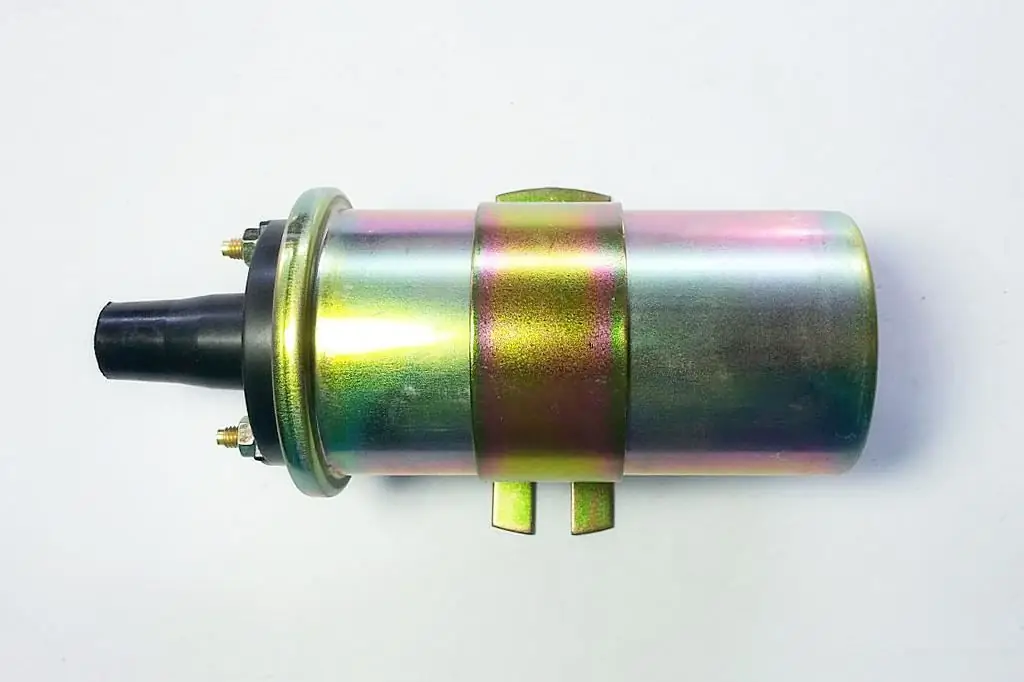
What is an ignition coil, its purpose and design. Typical malfunctions of the ignition coil and their causes. Varieties and details on how to check the ignition coil yourself, with a multimeter
Ignition module as an element of the ignition system
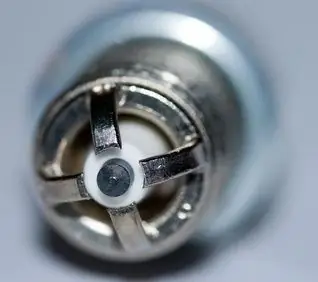
The ignition system is a set of elements that, during synchronous operation, provide ignition of the air-fuel mixture. One of the very important elements of the ignition system is the ignition module
"Lada-Kalina": ignition switch. Device, principle of operation, installation rules, ignition system, advantages, disadvantages and features of operation
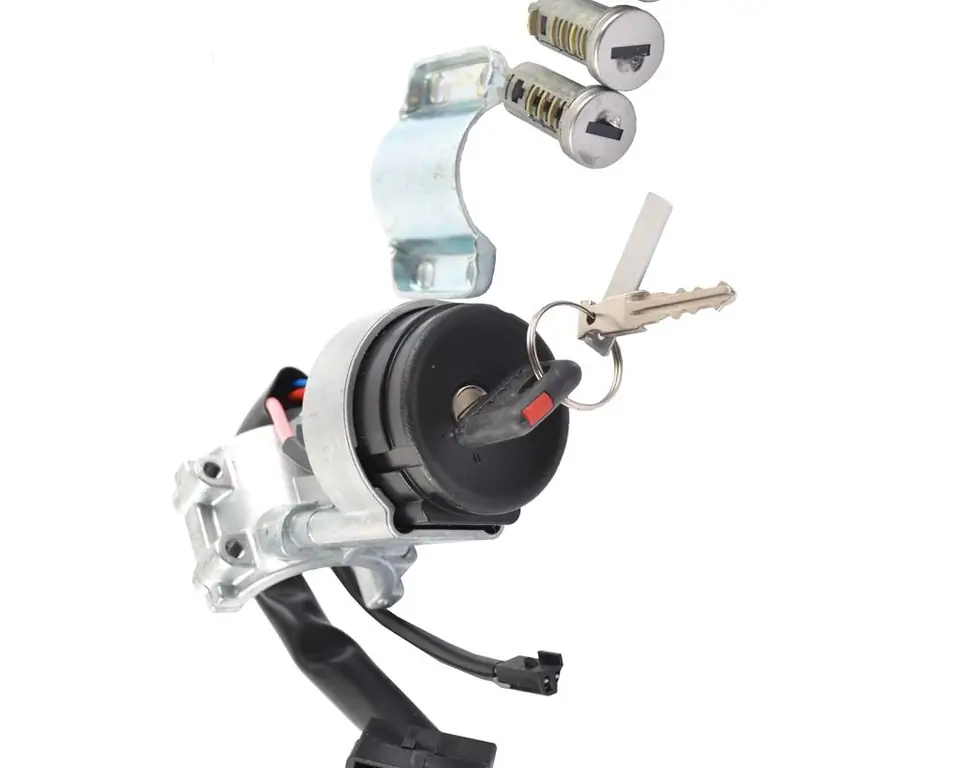
Detailed story about the ignition switch Lada Kalina. General information and some technical characteristics are given. The device of the lock and the most frequent malfunctions are considered. The procedure for replacing with your own hands is described
Troit the Priora engine (16 valves): causes and troubleshooting. How to check the spark plugs and ignition coil "Lada Priora"
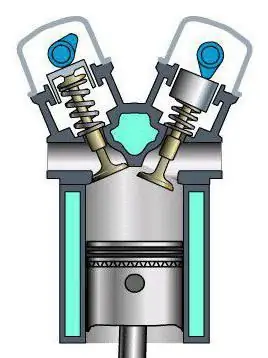
Despite the huge amount of criticism against the Lada Priora, this is one of the most popular cars that have come off the AvtoVAZ assembly line in recent years. "Priora" is equipped with a fairly successful engine with good dynamics, the interior turned out to be very comfortable. And in the maximum trim levels useful options are offered. But at the same time, from time to time, the car brings minor problems to the owners. One of the most popular malfunctions is the Priora engine troit (16 valves)

